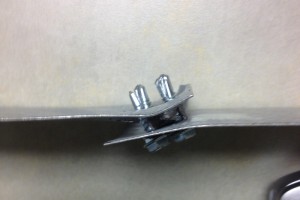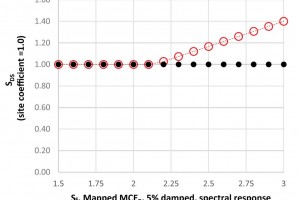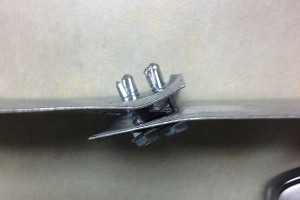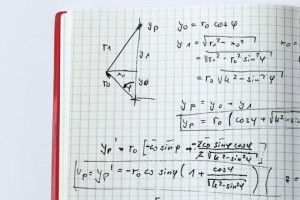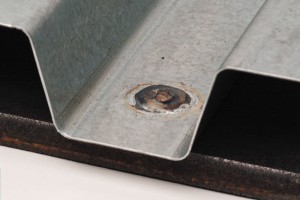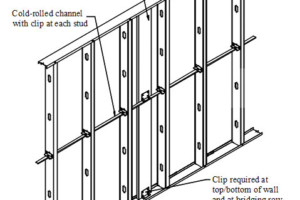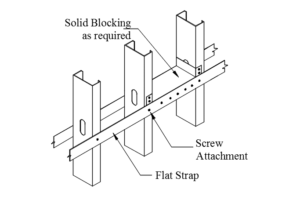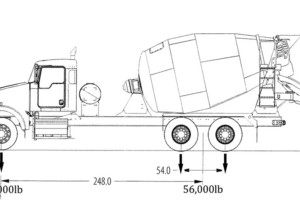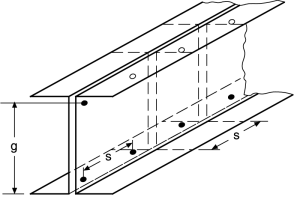The design provisions for the shear strength of steel-to-steel screw connections provided by Section E4.3 of the North American Specification for the Design of Cold-Formed Steel Structural Members, AISI S100-12, are based on testing. …
Review Category : Engineer’s Notebook
ASCE 7-16 Revised Capping Provision for Short Period Regular Structures
Design forces for short period, regular structures, five stories and less in height, in high seismic hazard areas, are permitted to be designed for less seismic force than would otherwise be required by use of the mapped ground motion parameters. …
When damaged members and connections are identified, it is imperative to assess the extent that the damage may impact the structural integrity of the cold-formed steel member or connection. As stated in the Engineers Notebook article, Evaluation of Cold-Formed Steel Members and Connections (STRUCTURE, February 2018), assessment should be made quickly to contain the damages or protect the public welfare. …
When damaged cold-formed steel members or connections are identified, it is imperative they are assessed to determine the extent of the compromise to the structural integrity and the load carrying ability. Often, such assessment has to be made quickly to contain the propagation of damage to adjacent members and to protect the public welfare. Replacement of material is always an option. However, it may not be the most economical or expeditious solution. …
In cold-formed steel construction, welding is a viable connection method. Prefabrication of trusses, panelization of walls, and hardware components are all ideal applications where welding may be the preferred joining method. …
The Role of the Specialty Structural Engineer
The Structural Engineer of Record (SEOR or EOR) is responsible for the design of the primary structure and possibly, to some extent, to define or prescribe the elements of the exterior enclosure (cladding) system for the structure. The enclosure system may be cold-formed light gauge framing elements, architectural precast concrete, some sort of panelized (either site built or prefabricated) wall system, other systems, or combinations thereof. …
STRUCTURE’s February 2017 Engineer’s Notebook discussed the design requirements and methods to laterally brace (bridge) axially loaded cold-formed steel stud walls. This article provides the design requirements and methods to anchor, or complete the load path, for the lateral bracing (bridging) of axially loaded cold-formed steel stud walls. …
This article provides a better understanding of the design requirements and methods to laterally brace (bridge) axially loaded cold-formed steel stud walls. Cold-formed Steel (CFS) studs provide a cost effective and extremely efficient structural solution for the typical mid-rise building. In recent decades, CFS design has evolved tremendously as the behavior and design constraints of the material continue to be better defined through comprehensive research and testing. …
In typical tilt-up construction, the slab-on-grade is the working surface for the lifespan of the building. Certain situations, such as otherwise inaccessible panel casting beds, demand the use of the slab as a path of access for construction vehicles like concrete trucks. These trucks, when full, can exert high loads and pose a risk to the slab’s serviceability. …
A box beam configuration may be used at openings in a floor or wall framing assembly. The American Iron and Steel Institute’s AISI S100 contains design provisions for built-up flexural members consisting of two C-sections oriented back-to-back to form an I-shaped section, i.e. Section D1.1, but does not contain design guidance for a box-section formed by orienting two C-sections lip-to-lip. …

